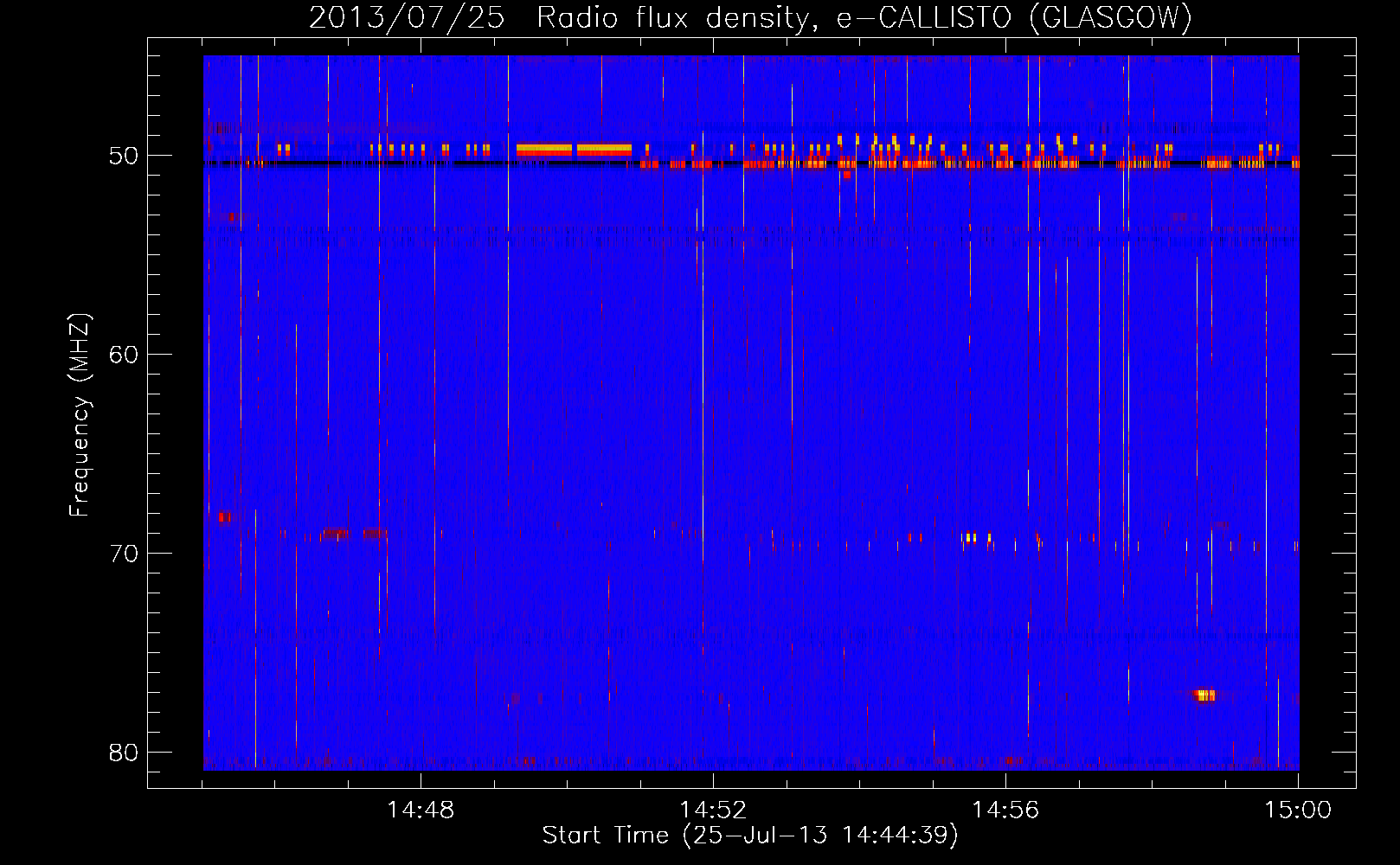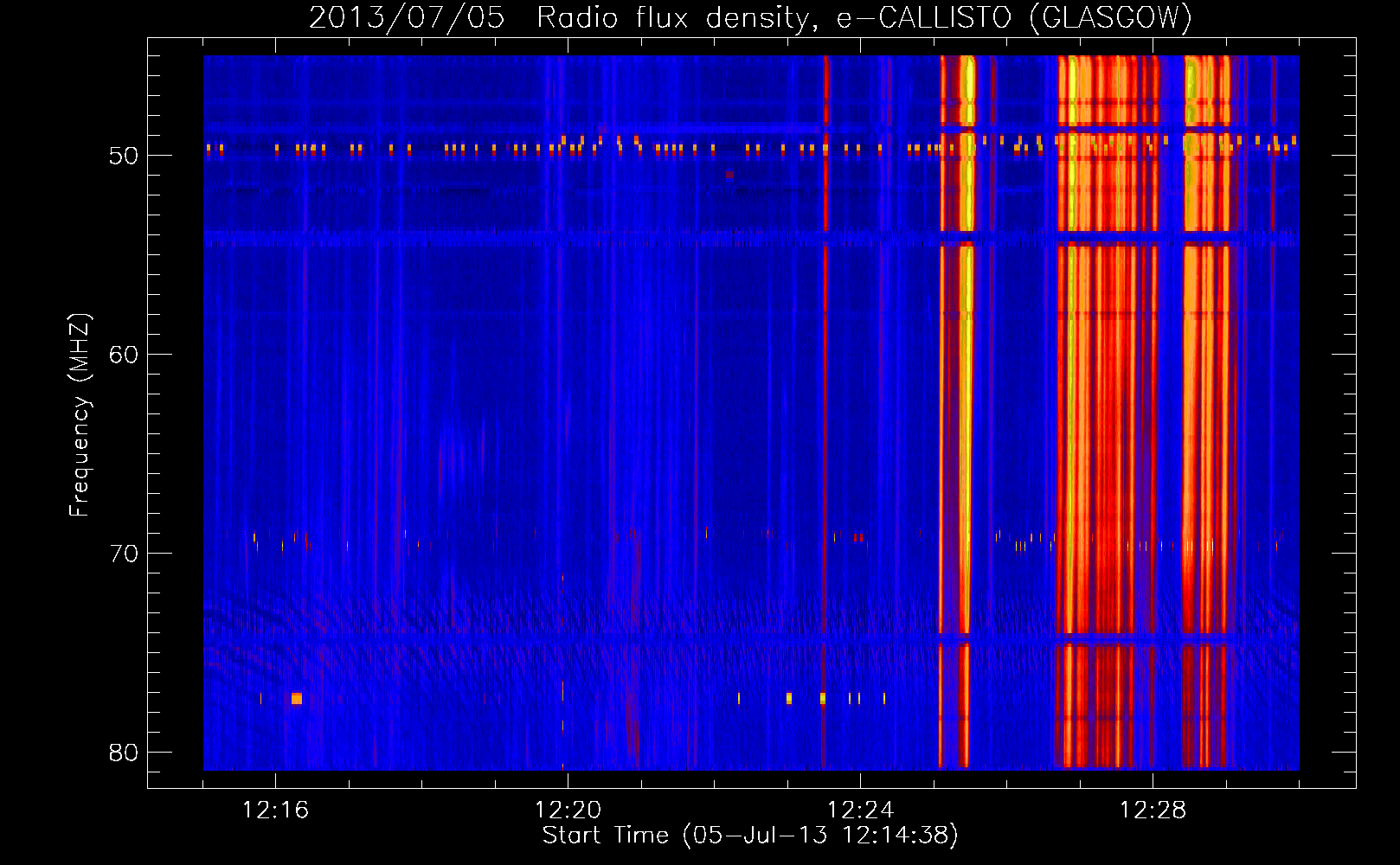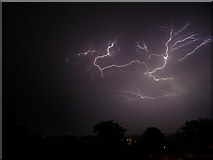The tutor for the day, Dave Clarke, has just published Reflections on the Astronomy of Glasgow which tells the story of 500 years of Astronomy in the city. Dave is an Honorary Research Fellow in the School of Physics and Astronomy and was Director of the University Observatory when he retired just a few years ago. In the Preface he writes about his successful interview in 1966, the old astronomical clocks that caught his eye that very day, and how his attention returned to them much later in his career, leading almost inevitably to this detailed history. So he is THE authority on this subject at the moment, with a wealth of detailed information and stories at his fingertips. In the day school Dave will lead a wee walk around the university campus, looking at these same clocks - which are very old, and extremely interesting - as well as portraits of some of the key characters and other relics. But before this there will have been a fascinating look at the succession of - very varied - Professors of Astronomy in Glasgow, the development of the subject in the University and its relationship to the history of the city more widely.
Most people nowadays have a clock built into their mobile phones and all of us are locked into a single, global standard of time via wireless telecommunication. GPS tells us where we are on the surface of the planet. Things were of course not always so simple (they're not simple now! But most of us can just use them as though they were). Astronomy played an essential role in the regulation of time, and in navigation, all through the 19th century when Glasgow's wealth was being built on global trade. So the Professors of Astronomy had vital jobs to do and their stories at various points illuminate the development of the city. They're closely tied to the growth of the port, the development of the harbour and the city centre along the river, the story of shipping on the Clyde. You can still set your watch by Edinburgh's famous one o'clock gun; Glasgow's is mostly forgotten but provides one amusing incident in the middle of these tales.
Alexander Wilson was the first Professor of Astronomy in Glasgow, from 1760-1784. Here's a nice, modern perspective on the feature of sunspots that still bears his name. A fascinating array of characters succeeded him. I've always had a soft spot for J P Nichol, a hugely successful populariser of Astronomy, pal of poets and literary types (like Edgar Allan Poe and Thomas de Quincey), teacher of Lord Kelvin.
The Dowanhill Observatory is long gone but its memory lives on in the name of Observatory Road, just off the top of Byres Road. The now-bustling West End was still green fields when it was established in 1845. Like so many city observatories, Glasgow's have been pushed further and further out by burgeoning populations but the physical move of the university from the Old College in the city centre to Gilmorehill was also part of the story.
So: the growth and development of Glasgow and its place in the Empire, the evolution of scientific knowledge and ideas and their relationship to wider currents in society, the evolution of the fourth oldest University in Britain, both physically and organisationally; all of these strands and more are viewed through the particular, illuminating lens of Astronomy's history in the city. Dave is a a warm, enthusiastic speaker. This day school was in our programme last year and Dave also gave a wee talk on these lines as part of our contribution to the West End Festival. Each time people came out saying, "that was excellent. There should have been ten times that number of people." I know if you come along you'll agree with the first of these statements. And I hope the second won't be necessary.
I linked to details of Dave's excellent book above and you can get it from Amazon.



